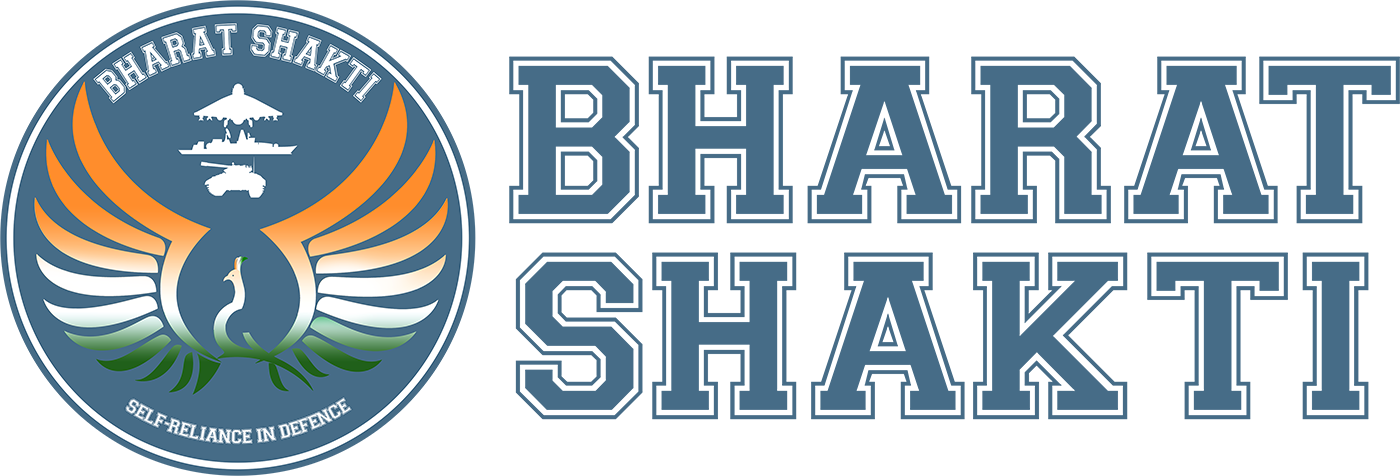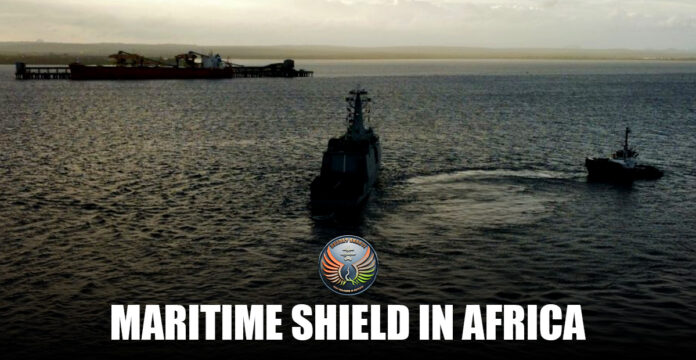In a bold maritime push aimed at securing the heart of the Global South and countering growing Chinese footprints in the Western Indian Ocean (WIO), India is nurturing deeper strategic partnerships with African littoral states. At the centre of this vision lies a twin-pronged initiative led by the Indian Navy — the Indian Ocean Ship (IOS) Sagar deployment and the multilateral naval exercise AIKEYME (Africa India Key Maritime Engagement). Both represent an evolving security architecture where India and African nations act as equal partners, united in a quest for a safe, secure, and stable MAHASAGAR.
MAHASAGAR: A Vision Anchored in the Ocean
In March 2025, Prime Minister Narendra Modi unveiled MAHASAGAR — short for Mutual and Holistic Advancement for Security and Growth Across Regions. More than an acronym, the Hindi word “Mahasagar” means “ocean”, a clear signal that maritime cooperation will be the cornerstone of India’s engagement with the Global South.
“Africa is the heart of the Global South, and India its voice,” said India’s Defence Minister while launching the initiative. “Through MAHASAGAR, India is committed to safeguarding the interests of all in the Indian Ocean.”
The Western Indian Ocean — the sea between the Indian subcontinent and the East African coastline — forms the connective tissue of this vision. The region’s maritime stability, long under strain from traditional and non-traditional security threats, is now the battleground where soft power, strategic presence, and cooperative security are taking shape.
Strategic Realignment in the WIO
The WIO is a volatile corridor straddled by some of the world’s busiest sea lanes and most vulnerable states. Piracy, smuggling, IUU (illegal, unreported, unregulated) fishing, terrorism, and climate-induced disasters all intersect here. Extra-regional powers, particularly China, have already established military footholds — most notably, a naval base in Djibouti. Against this backdrop, India’s approach leans toward capacity-building, multilateral cooperation, and historical affinity.
That affinity is not just diplomatic — it’s civilisational. Indian and African ties go back millennia. As mythology and science both suggest, Africa (Kusha Dweep) and India (Jambu Dweep) were once part of the supercontinent Gondwana — twins or Yamajas, separated only by time and tectonics. Trade, cultural exchanges, and people-to-people ties date back to the Indus Valley era, making the India-Africa maritime relationship one of the longest continuous engagements in world history.
AIKEYME and IOS Sagar: India’s Twin Maritime Initiatives
To translate vision into action, the Indian Navy has launched two major initiatives in 2025, marking a shift from bilateralism to inclusive multilateral maritime cooperation:
- IOS Sagar: India’s Floating Embassy of Cooperation
Over a month-long voyage from April 5 to May 8, INS Sunayna has been deployed as Indian Ocean Ship (IOS) Sagar, carrying a composite crew from India and nine East African and island nations: Comoros, Kenya, Madagascar, Maldives, Mauritius, Mozambique, Seychelles, Sri Lanka, and Tanzania. The mission is to patrol regional Exclusive Economic Zones (EEZs), conduct joint surveillance, and build interoperability among the participating navies.
While India has long conducted EEZ surveillance for partner countries, IOS Sagar is a first-of-its-kind 10-nation joint deployment. This integrated model not only reinforces India’s maritime credibility but also empowers regional partners to contribute to a shared security grid — a counter-narrative to unilateralism.
- Exercise AIKEYME: Training for Real-World Maritime Threats
Running parallel to IOS Sagar is Exercise AIKEYME, co-hosted by the Indian Navy and Tanzania People’s Defence Force from April 13 to 18. With participation from ten African nations — including Comoros, Djibouti, Eritrea, Kenya, Madagascar, Mauritius, Mozambique, Seychelles, and South Africa — the exercise simulates real-time maritime contingencies: anti-piracy drills, VBSS (Visit, Board, Search and Seizure) operations, counter-terrorism scenarios, and disaster relief missions.
Indian naval trainers also share expertise in HADR (Humanitarian Assistance and Disaster Relief), anti-smuggling, and anti-IUU fishing operations — areas where African navies have shown keen interest in enhancing capacity.
Why It Matters: A Collective Maritime Philosophy in the Making
India’s maritime outreach in the WIO is not just about presence — it’s about creating a shared presence. It’s a strategic departure from externally imposed security architectures to an inclusive, bottom-up framework built by and for the region. In doing so, India not only enhances its influence but helps construct a cooperative, multipolar maritime order that acts as a counterweight to Beijing’s more assertive military and commercial expansions.
Unlike China’s debt-driven port infrastructure projects and permanent naval base in Djibouti, India’s approach rests on partnership without paternalism. Through initiatives like IOS Sagar and AIKEYME, New Delhi is cultivating lasting trust, boosting capacity, and encouraging multilateral action in a region that is too vast and complex for any single actor to dominate.
A True AIKEYME PRAYAS for Safer, Inclusive Mahasagar
The Indian Ocean — the world’s third largest and arguably most dynamic maritime theatre — is now at the heart of India’s diplomatic and security calculus. And the WIO, its most turbulent zone, is where the idea of MAHASAGAR is being tested and tempered.
With AIKEYME and IOS Sagar, India and its African partners are not merely conducting naval drills but scripting a new chapter in regional cooperation. The Yamajas — long-separated twin civilisations — are sailing together once again, this time toward a safer, more secure, and inclusive maritime future.
In this unfolding narrative, India’s maritime diplomacy offers an alternative to dominance — one rooted in shared history, mutual respect, and cooperative security. A true AIKEYME PRAYAS — a unified effort for a better tomorrow in the Indian Ocean.
Ravi Shankar






















